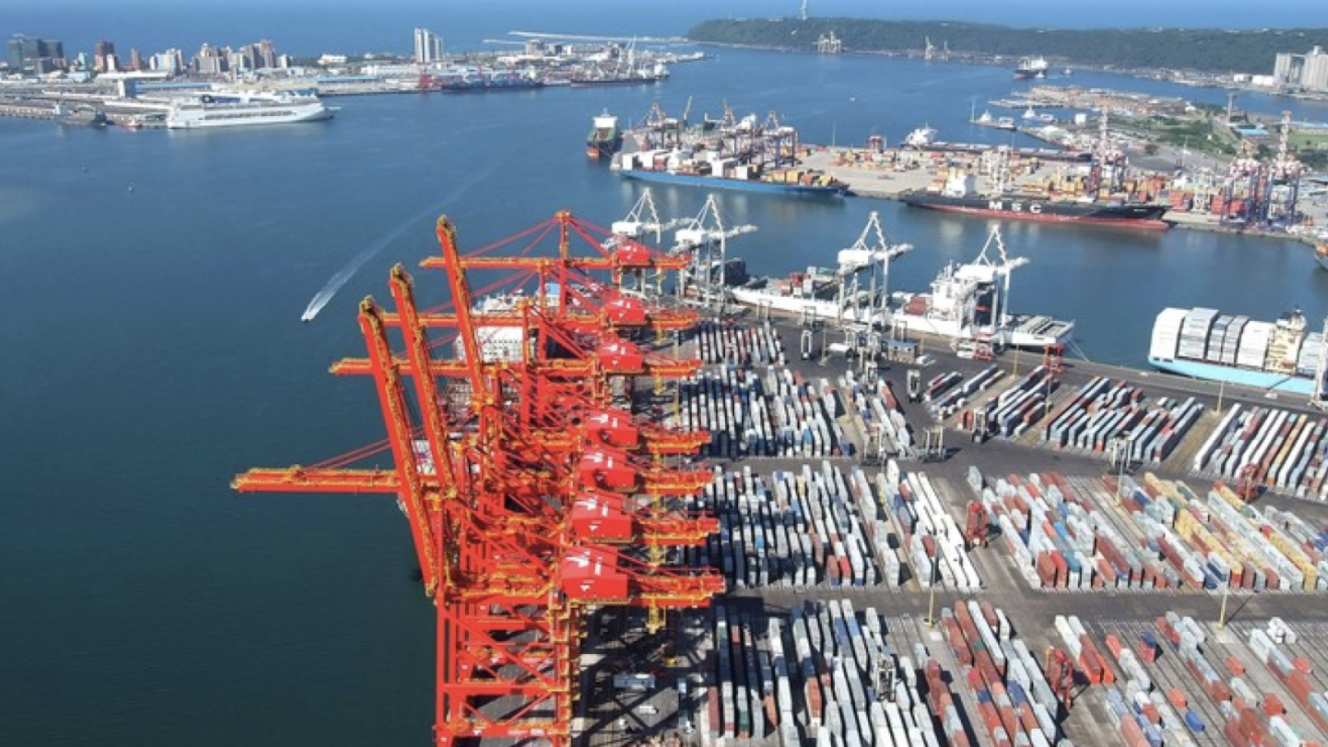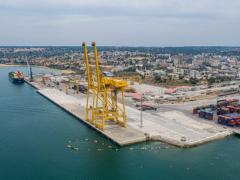In a Covid-19 world where the only certainty is uncertainty, the global economy faces a tightrope walk to recovery.
And this will be dictated by the trajectory of the virus over coming months.
In its latest economic outlook, the Organisation for Economic Co-operation and Development (OECD) has taken the unusual step of presenting two equally likely scenarios – one in which the virus is brought under control, and one in which a second global outbreak hits before the end of 2020.
And the organisation believes that there’s little prospect of a vaccine becoming widely available this year.
If a second outbreak occurs, triggering a return to lockdowns, world economic output is forecast to plummet 7.6% this year, before climbing back 2.8% in 2021.
At its peak, unemployment in the OECD economies would be more than double the rate prior to the outbreaks, with little recovery in jobs next year.
If a second wave of infections is avoided, global economic activity is expected to fall by 6% in 2020 and OECD unemployment to climb to 9.2% from 5.4% in 2019.
“The economic impact of strict and relatively lengthy lockdowns in Europe will be particularly harsh. Euro area GDP is expected to plunge by 11.5% this year if a second wave breaks out, and by over 9% even if a second hit is avoided, while GDP in the United States will take a hit of 8.5% and 7.3% respectively, and Japan 7.3% and 6%. Emerging economies such as Brazil, Russia and South Africa, meanwhile, face particular challenges of strained health systems, adding to the difficulties caused by a collapse in commodity prices, and their economies plunging by 9.1%, 10%, and 8.2% respectively in case of a double hit scenario, and 7.4%, 8% and 7.5% in case of a single hit.
"China’s and India’s GDPs will be relatively less affected, with a decrease of 3.7% and 7.3% respectively in case of a double hit and 2.6% and 3.7% in case of a single hit."













